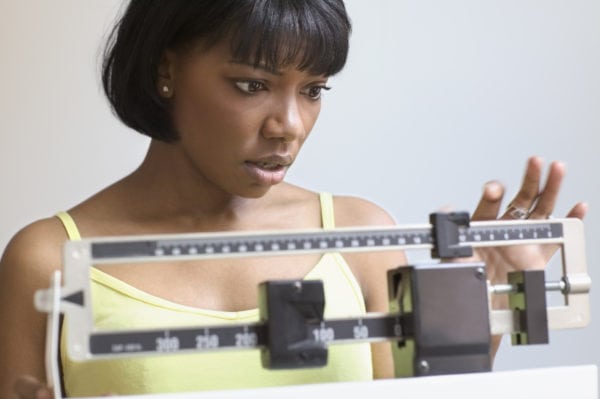There’s not much you can do about the two leading risk factors for breast cancer: being a woman and growing older.
But other risk factors for breast cancer, including being overweight, smoking and drinking alcohol, can be reduced through simple lifestyle and behavior changes.
Take these additional steps to lower your chance of getting breast cancer:
- Know your family history. Despite popular belief, most breast cancers—about 85 percent—occur in women who have no family history of the disease. But as many as 10 percent of cases can be linked to inherited genetic mutations, such as those on the BRCA1, BRCA2 or PALB2 genes. Roughly 55 percent to 65 percent of women who inherit a harmful BRCA1 mutation and 45 percent of women who inherit a harmful BRCA2 mutation will develop breast cancer by age 70. If you have a family history of breast or ovarian cancers, you should discuss genetic screening options with your physician and a cancer risk counselor trained in cancer genetics.
- Get your mammogram. Confused about conflicting recommendations for screening? You’re not alone. Two years ago, the American Cancer Society revised its recommendation for annual mammograms, calling for yearly screenings to start at age 45 and continue through age 54. ACS says women 55 and older should get mammograms every two years. The U.S. Preventive Services Task Force recommends mammograms every two years for women ages 50 to 74. Though both the ACS and the USPSTF revised their guidelines over concerns about false positives and unnecessary treatments, they did so with data from more than 20 years ago and old technology. And neither organization took into account disparities between black women and white women. Black women younger than 40 are being diagnosed with breast cancer—particularly aggressive forms—at an alarming rate. We are also more likely to receive a late-stage diagnosis and have higher mortality rates from the disease. That said, assess your risk with your doctor. If it’s low, you may be able to follow the ACS or USPSTF recommendations. But if you’re at very high risk, start getting annual mammograms at age 40. You might also need an MRI.
- Stick to a healthy weight. Being overweight or obese after menopause increases your breast cancer risk. Why? Fat tissue produces estrogen, and more fat tissue after menopause can increase risk by raising estrogen levels. In addition, women who are overweight also tend to have higher insulin levels, which has been linked to some cancers, including breast cancer, according to the ACS.
- Move. Exercise reduces the cancer risk for all women, no matter their size or weight. Aim for 150 minutes of moderate intensity or 75 minutes of vigorous activity each week. Or walk for 30 minutes five days a week.
- Limit alcohol. Alcohol has been linked to higher breast cancer risk in all women. The more you drink, the higher your risk. So here’s a good rule of thumb: One alcoholic drink per day is linked to slightly higher risk of breast cancer compared to women who don’t drink at all. But up that to two to five drinks a day and the risk increases to 1.5 times that of women who don’t drink.
- If you smoke, quit. The debate about a link between smoking and breast cancer is still ongoing. But some studies have connected long-term heavy smoking to a higher breast cancer risk. Since we know smoking is directly responsible for lung cancer and other health problems, experts suggest quitting to reduce the risk for breast cancer and to promote overall health.






